Remember when you had to balance your cheque book by hand? When you had to call the bank to verify if a check had cleared? The world of finance has changed dramatically, and blockchain technology is one of the latest innovations changing how we think about record-keeping. Let’s break it down in a way that makes sense, even if you’ve never dabbled in cryptocurrency before.
What is Blockchain? Think of it Like a Community Garden Logbook
Imagine your local gardening club keeps a shared record book of who planted which flowers at the community garden. Every member has their own identical copy of this logbook. If someone tries to falsely claim they planted those prize-winning roses, the community would immediately know they’re fibbing because everyone can check their own copy of the records.
That’s essentially what blockchain is: a super-secure, shared record book (or ledger) that isn’t kept in one place but copies are stored on thousands of computers worldwide. These computers (called “nodes”) all have to agree when any new information is added, making it extremely difficult for anyone to tamper with the records.
How Does Blockchain Actually Work?
Let’s walk through the process with a simple example:
- Someone Initiates a Transaction
Susan wants to send $100 to her grandson Tim for his birthday. In the blockchain world, this transaction gets announced to the network: “Susan is sending Tim $100.” - The Transaction Joins Others in a “Block”
Susan’s transaction doesn’t travel alone. It gets grouped with other recent transactions into what’s called a “block” – think of it as a page in our community garden logbook that’s about to be filled with new entries. - The Block is Verified by Thousands of Computers
Before this new “page” can be added to the ledger, computers around the world check that Susan actually has $100 to send, that she hasn’t already spent this money elsewhere, and that all the details are correct. - The Block Gets Added to the “Chain”
Once verified, the block containing Susan’s transaction gets added to the chain of all previous blocks – hence the name “blockchain.” This new block is connected to the previous one using complex mathematical codes called “hashes,” creating an unbroken chain of information. - The Transaction is Complete
Tim receives the $100, and this transaction is now permanently recorded on the blockchain. It cannot be deleted, changed, or tampered with – it’s there forever.
What Makes Blockchain Special?
It’s Like a Public Notary, But Automatic
Think about when you need to get something notarized – you’re essentially paying someone to officially verify that something happened. Blockchain does this automatically, without needing a trusted human in the middle.
No Single Point of Failure
Remember when your local bank’s computer system went down, and nobody could access their accounts? With blockchain, there’s no central point that can fail. Since the ledger exists on thousands of computers simultaneously, the system keeps running even if many computers drop out.
Transparency with Privacy
Imagine being able to see every transaction your bank has ever processed, but without knowing exactly who made those transactions. Blockchain provides this unusual combination – complete transparency of actions while maintaining a degree of privacy about who performed them.
Real-World Examples Beyond Cryptocurrency
While Bitcoin might be the most famous use of blockchain, the technology has applications far beyond digital money:
Property Records
Remember the hassle of buying your first home – all those papers to sign, title searches, and worries about fraud? Blockchain could streamline this process by creating unalterable records of who owns what property, making title searches instant and reducing the risk of fraud.
Example: Maria is buying a house. Instead of paying for expensive title searches and insurance, she can instantly verify on a blockchain that the seller truly owns the property and that there are no hidden claims against it. The entire closing process that once took weeks might be completed in days or even hours.
Medical Records
Have you ever switched doctors and had to request your medical records be transferred? With blockchain, your medical history could be securely stored and accessible to any healthcare provider you authorize – while remaining private from everyone else.
Example: Robert, who has a complex medical history, travels frequently. During a trip, he needs emergency care. The doctor can access Robert’s complete medical history – including allergies, medications, and previous procedures – after Robert authorizes access through his secure digital ID. This could literally be lifesaving.
Supply Chain Tracking
Wonder where your food really comes from? Blockchain can track products from origin to store shelf, creating transparency about sourcing.
Example: Susan wants to be sure the coffee she buys is truly fair-trade. With blockchain tracking, she can scan a QR code on the package and see the entire journey of those coffee beans – from the farm in Colombia where they were harvested, to the processing facility, to the shipping container, to the roaster, and finally to her local store.
Is It Complicated? Yes and No
The technology behind blockchain is indeed complex – it involves advanced cryptography, distributed networks, and consensus mechanisms. But here’s the good news: you don’t need to understand how it works to use it, just like you don’t need to understand how the internet works to send an email.
Remember when you first learned to use email? It probably seemed complicated at first, but now it’s second nature. Blockchain applications are becoming increasingly user-friendly as the technology matures.
Why Should You Care?
You might be thinking, “This sounds interesting, but why does it matter to me?”
Blockchain technology represents a fundamental shift in how we establish trust in the digital world. For generations, we’ve relied on intermediaries – banks, governments, notaries, etc. – to verify transactions and keep records. Blockchain creates a new way to establish trust directly between parties without these middlemen.
This could mean:
- Lower fees for financial transactions
- Faster processing times for everything from bank transfers to property sales
- Greater control over your personal information
- Reduced fraud in many industries
Final Thoughts
Think about how the internet changed communication and commerce. When email first appeared, many people couldn’t imagine how it would transform our lives. Blockchain may be at a similar early stage – we’re just beginning to explore its possibilities.
You don’t need to become a blockchain expert or invest in cryptocurrency to benefit from this technology. Simply understanding the basics helps you stay informed about changes that may affect everything from how you transfer money to how you vote in the future.
The next time you hear about blockchain in the news, rather than tuning out something that sounds too technical, you’ll have a foundation to understand what’s being discussed – and perhaps even see opportunities in this evolving technology that others might miss.
Remember, every technological revolution seemed confusing at first. People who remembered rotary phones eventually mastered smartphones. If they could make that leap, understanding blockchain is certainly within your reach too!
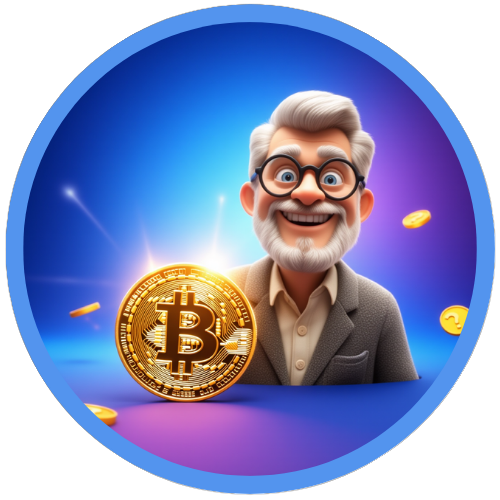

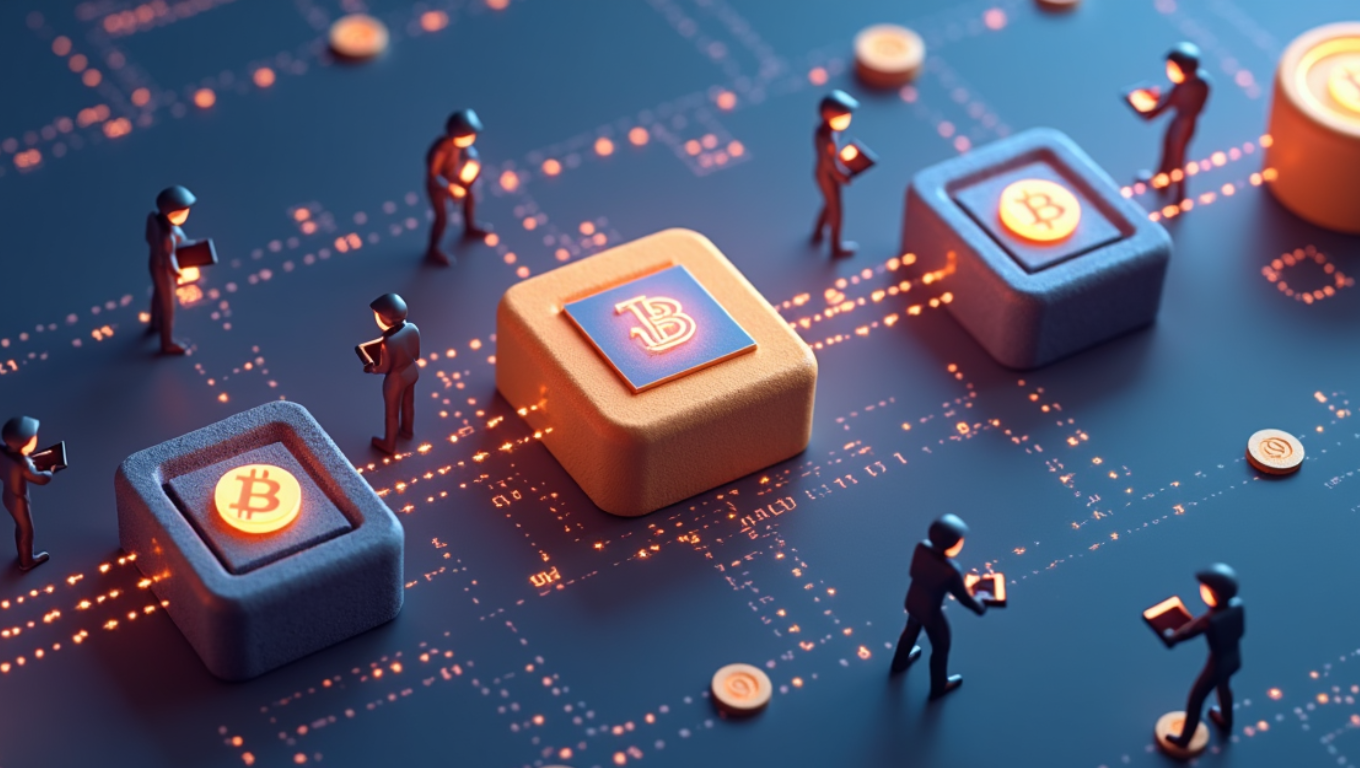

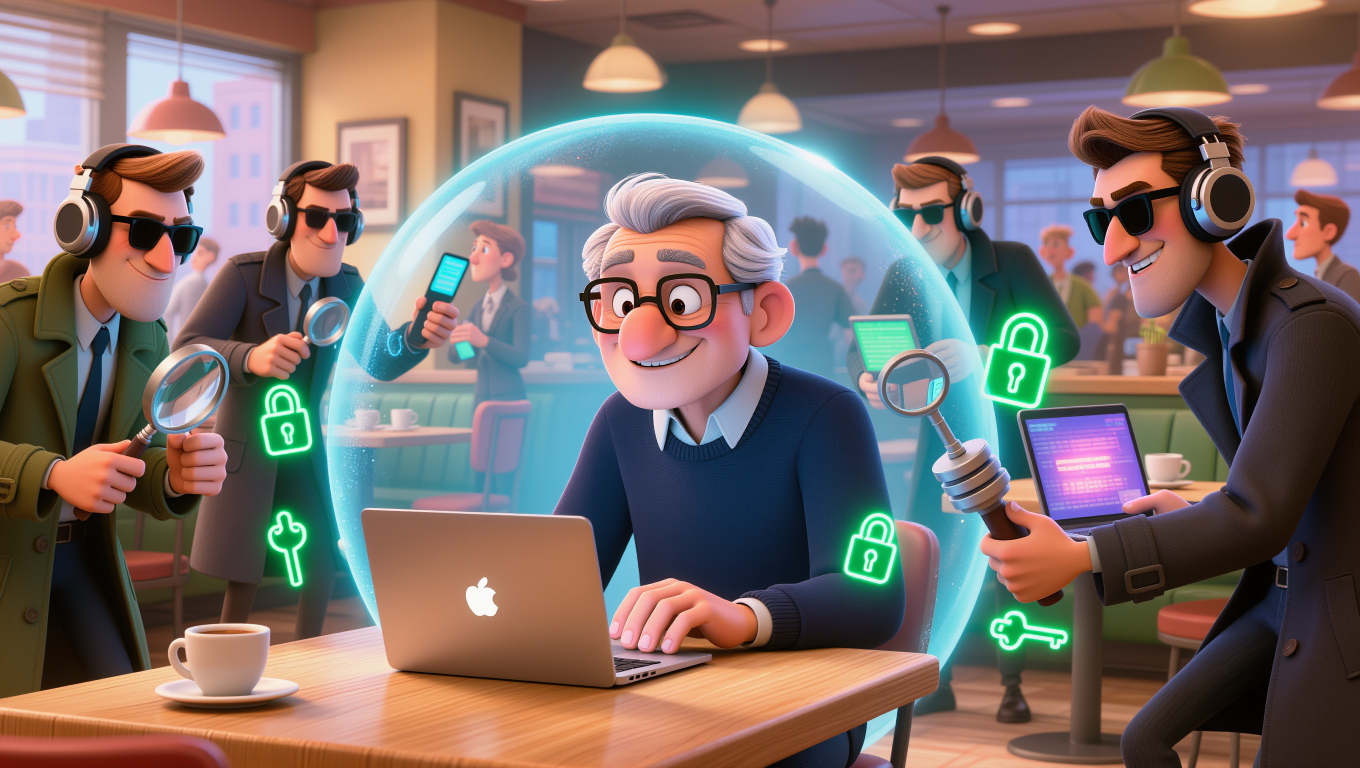
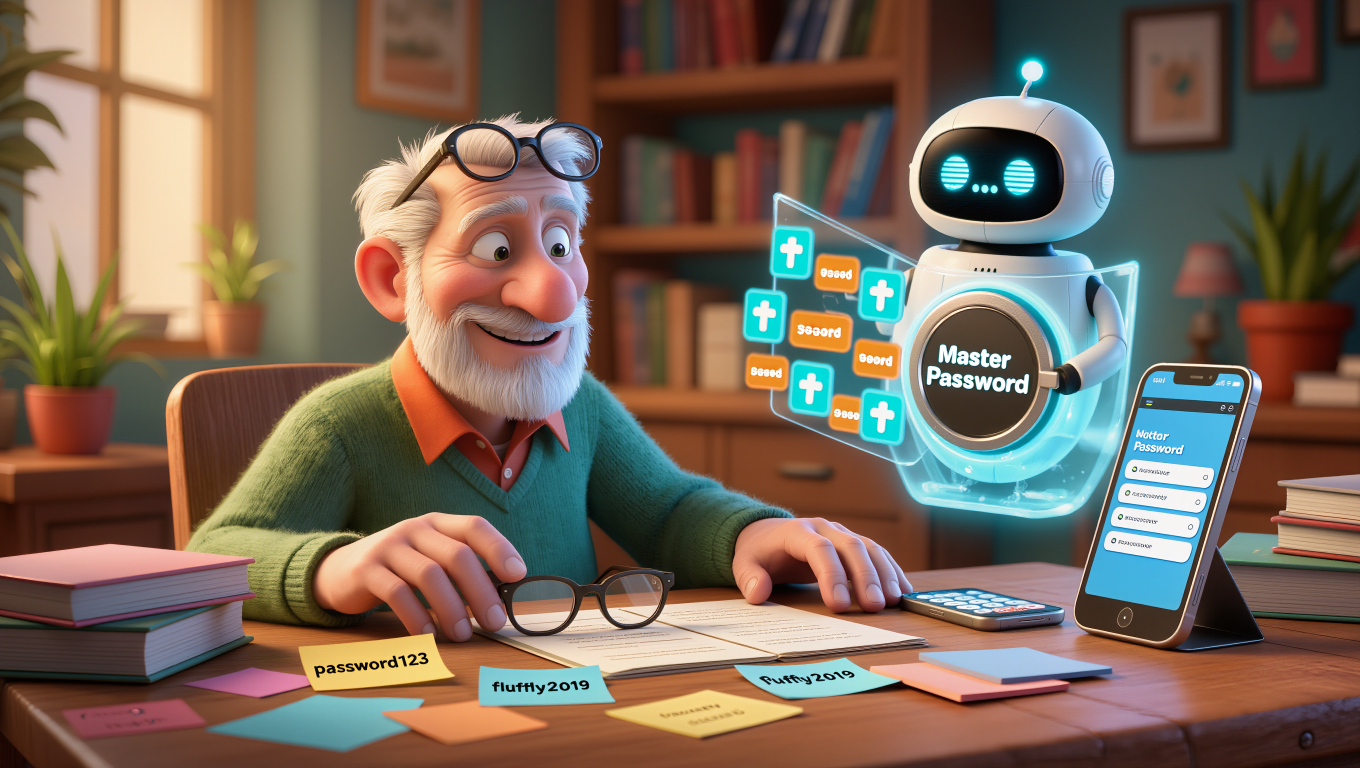
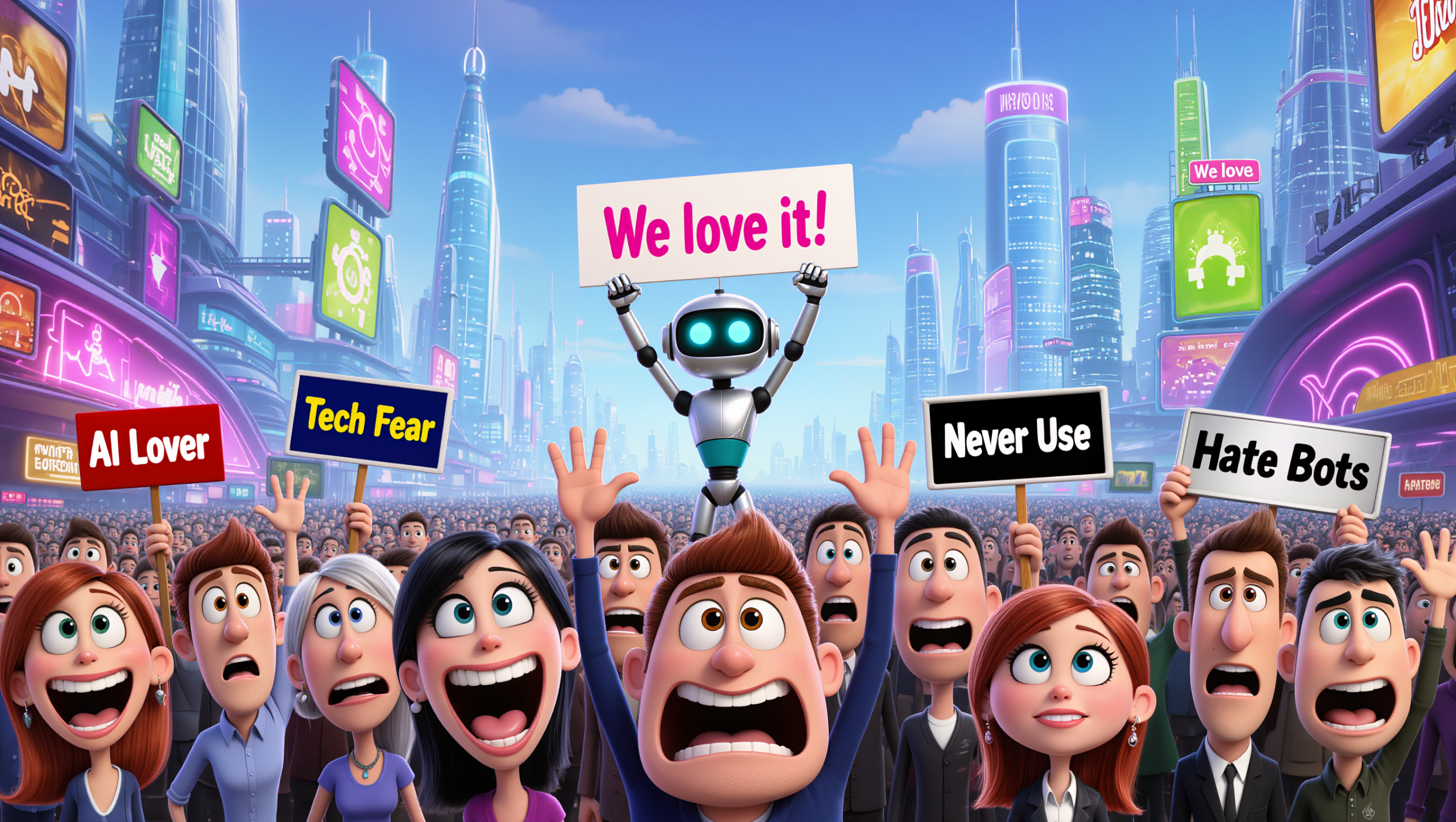
Leave a Reply